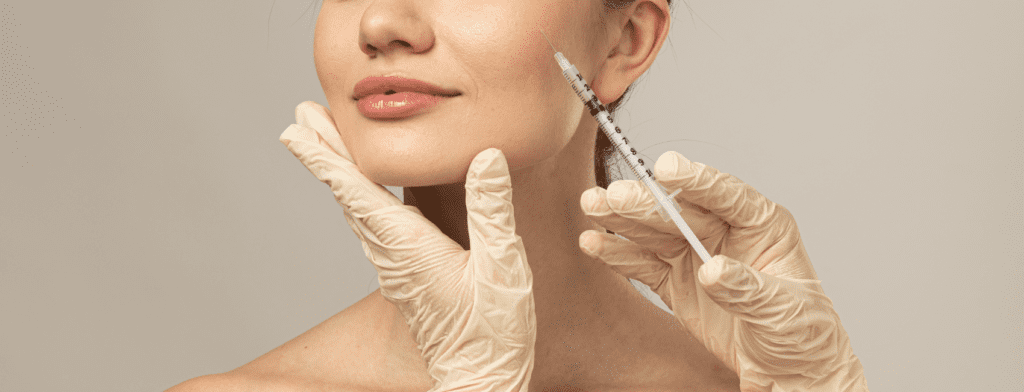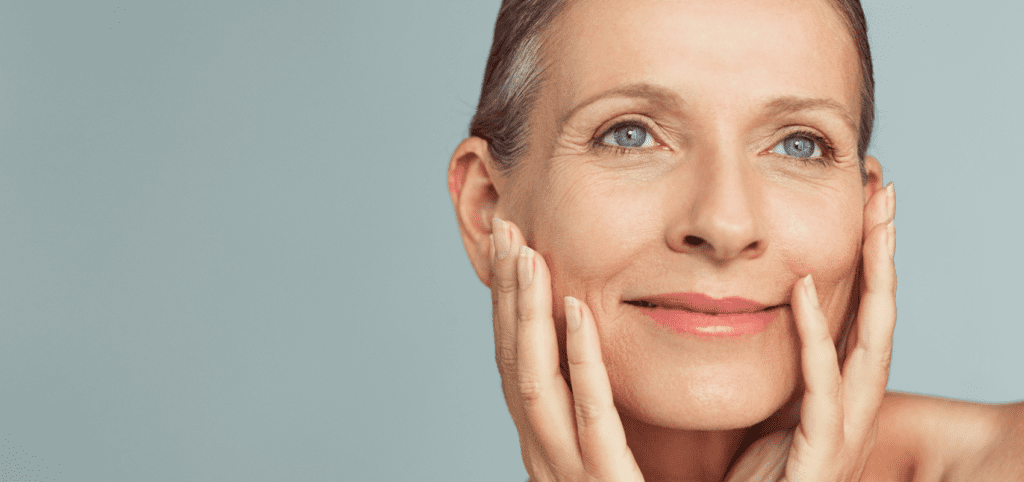Cellulite Isn’t the Problem, Our Obsession With Perfection Is

You know what never ceases to amaze me? Our collective obsession with cellulite. People talk about it like it’s a character flaw, a sign of laziness, a punishment for eating a slice of pizza in 1997. And because of this obsession, every beauty company on earth has been dining out on our insecurity for decades. Creams, rollers, lasers, cups, sticks that look like medieval torture devices you name it, someone has sold it to “fix” cellulite. Here’s the truth: cellulite isn’t a disease, and it isn’t going anywhere. It’s a normal, harmless change in the way your fat, skin, and connective tissue interact. Think of it like dimples on your cheeks, just relocated to your thighs. Underneath the skin, you have fat lobules separated by fibrous bands. Those bands tether the skin down, while the fat pushes up, and voilà the mattress effect. Genetics, hormones, skin thickness, even your age all play a role. Fun fact: 80 to 90 percent of women have cellulite. Men? Rarely, because their connective tissue is arranged differently. Nature didn’t ask for fairness. So, does anything work? Not really. At least not the way people hope. Creams might hydrate the skin, which can make things look smoother for about 20 minutes if you squint. Massage tools can temporarily move fluid around. Lasers and radiofrequency? They can help a little by breaking some of those bands and tightening the skin, but it’s never permanent. If someone tells you they can make cellulite disappear forever, run. Preferably in the opposite direction of their Instagram ad. Why do we even have it? Biology, baby. Our bodies store fat in certain areas hips, thighs, buttocks because that’s how evolution made sure women could survive pregnancy and breastfeeding. Those lovely fat pads are essential to life. So really, cellulite is a side effect of being designed to survive. If anything, it’s a badge of honor. My advice? Stop fighting it like it’s the enemy. Stay strong, stay healthy, moisturize if you want, and if you do try treatments, go in knowing the limits. You can improve the appearance, yes, but the texture police aren’t going away for good. And that’s okay because the truth is, cellulite was never the problem. Our obsession with perfection is.
Why I Practice Aesthetic Medicine

A deeply personal reflection by Dr. Frohar on what drew her to aesthetic medicine and how her approach places subtlety, honesty and natural beauty at the center of her concerns.
Menopausal Skin: Let’s Talk About It

Menopause affects your skin in big ways. Dr. Frohar explains what to expect and how to care for your skin with expert-recommended, gentle treatments.




